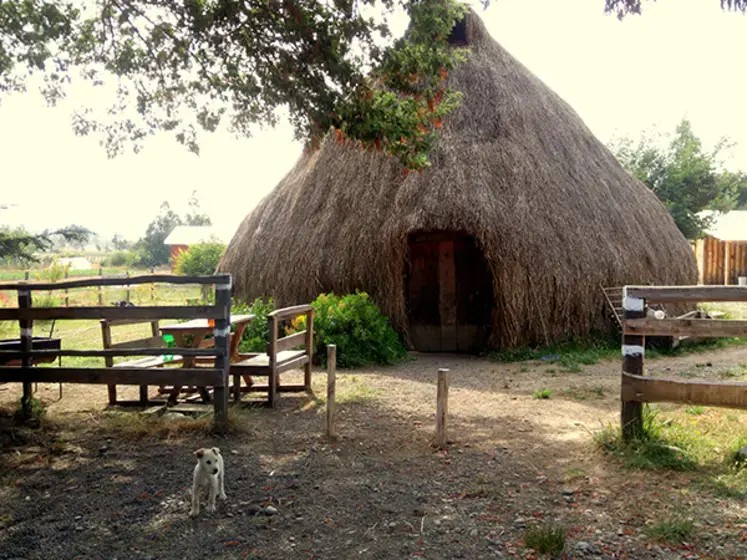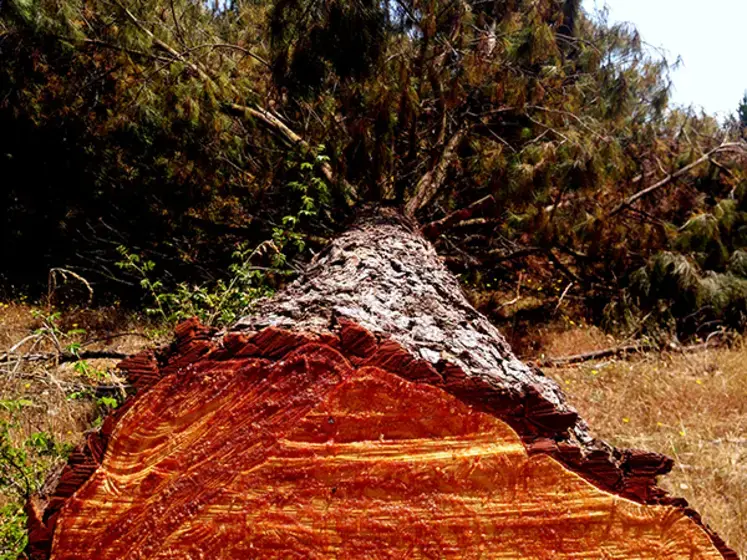Mapuche Medicine
Mint Use as Measurement for the Current Status of Mapuche Medicine in Northwestern Patagonia
Thesis by Tessalyn Morrison '16



Abstract: Medicine as a cultural system constantly adapts to the changing needs and desires of people. However, when cultures of medicine manifest as health systems negotiated between scholars, professionals, and the public, the needs and desires of people are difficult to define. Accordingly, medical systems are divided in how they address public health. People, though, also have agency in what medicine they use, and it is not always one-dimensional. People’s health beliefs and the choices they make to improve their health defy expected systems of health care. While the infrastructures, policies, and philosophies of biomedicine and traditional medicine may be clearly delineated, people’s perceptions of them in regards to their own health are not necessarily so.
This research aims to unfold how Mapuche people perceive health and how this aligns or doesn’t align with ascribed systems of biomedicine and traditional medicine, respectively. Since this task is hardly accomplishable in a direct manner given the historical and cultural complexity of this debate, mint is used as a case study in order to reveal current health perceptions, patterns, and paradigms of people. By following the use of this one herb that is used by both cultures, this research guides our understanding of how two sets of cultural practices might inform each other or find that they hold more similarities than might be expected. In light of concerns of medicinal cultural misappropriation and bioprospecting of medicinal plants, this research promotes the necessity for an actualization of our medicinal beliefs in order to clarify our goals in medicine.